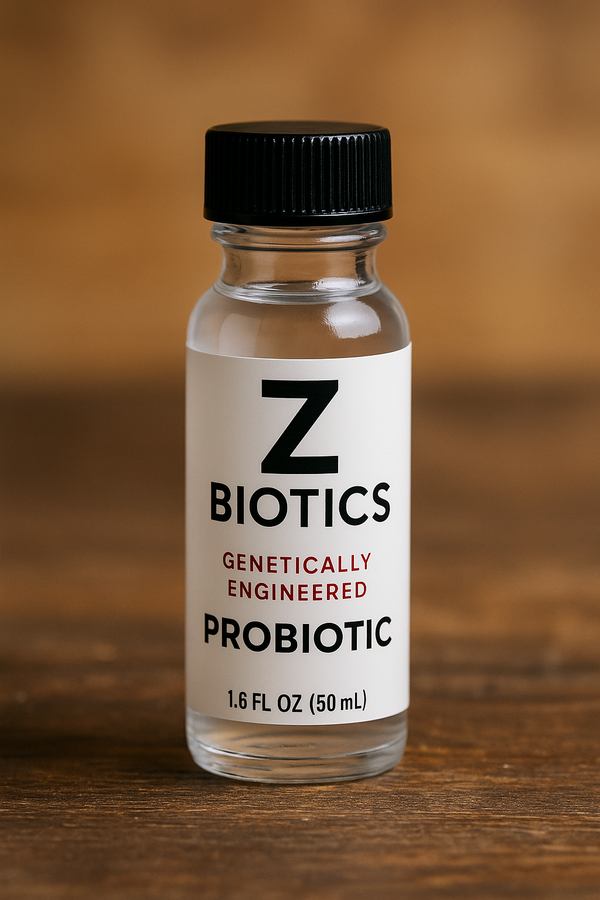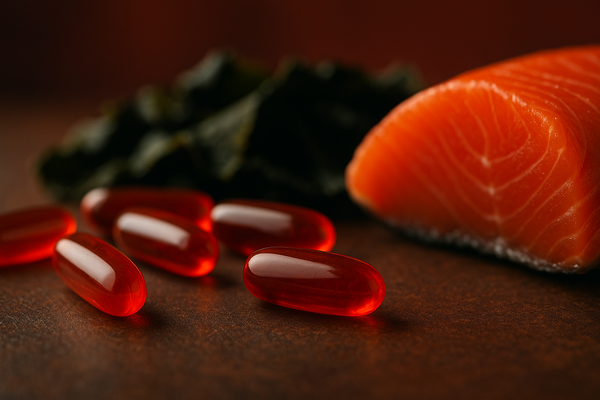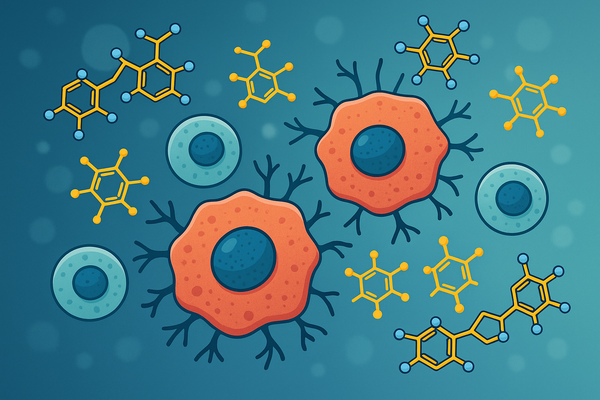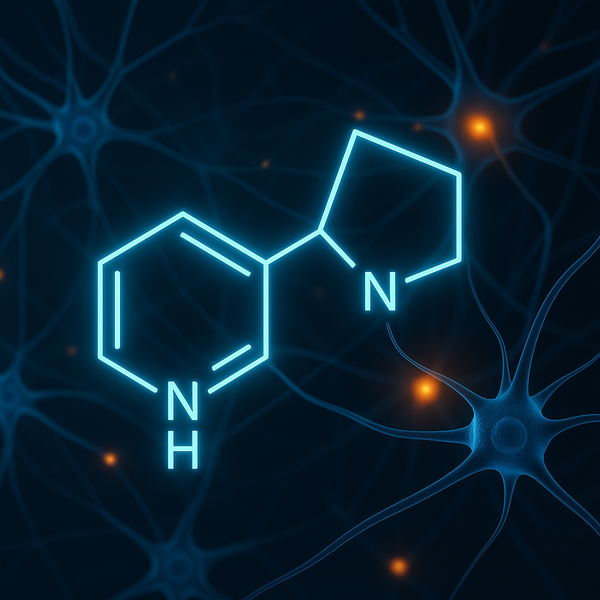Sauna for Longevity:How Heat Shock Proteins Unlock a Longer, Healthier Life
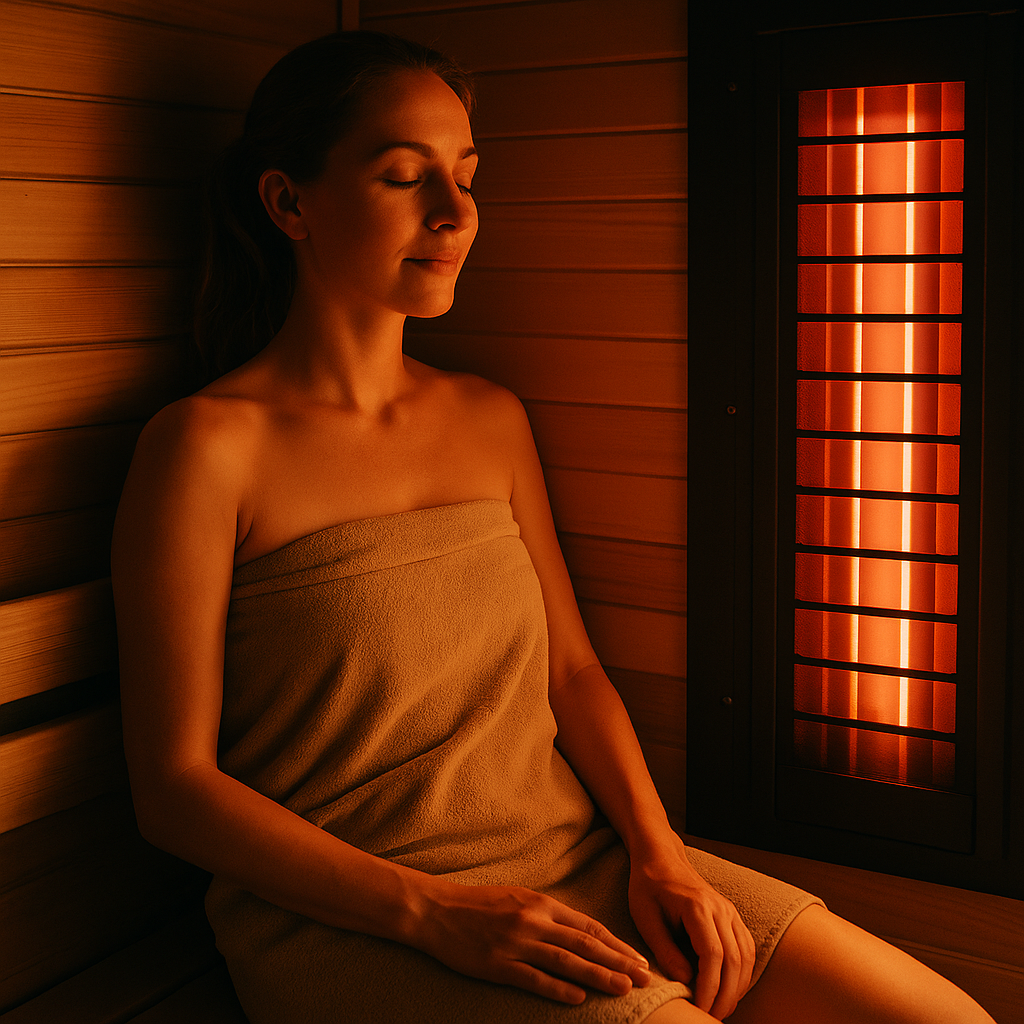
I’ve always been fascinated by how simple lifestyle habits can trigger powerful biological effects — and sauna therapy is one of those hidden gems. Lately, I’ve been digging into the research on how regular heat exposure stimulates heat shock proteins, enhances recovery, and even promotes longevity. In this post, I’ll break down what the science says and share how you can use sauna sessions strategically for overall health and resilience.
Saunas have long been a symbol of relaxation — a place to unwind, sweat, and detoxify. But emerging science reveals that sauna bathing may do far more than help us relax: it could actually extend our healthspan — the number of years we live in good health.
Through a fascinating biological mechanism involving heat shock proteins (HSPs), regular sauna use may activate cellular defense systems that protect against aging and disease.
What Is Sauna and Heat Exposure?
A traditional Finnish sauna exposes the body to dry heat between 70–100°C (158–212°F) for short intervals, typically 10–20 minutes. This form of passive heat therapy raises the core temperature, heart rate, and circulation — mimicking many of the benefits of exercise.
- Dry sauna: High temperature, low humidity.
- Steam sauna: Lower temperature, higher humidity.
- Infrared sauna: Uses infrared light to heat the body directly at lower air temperatures (~50–60°C).
Each type can trigger heat stress responses, but most long-term research centers around Finnish-style dry saunas.
What Are Heat Shock Proteins (HSPs)?
Heat shock proteins are a class of cellular repair molecules that act like the body’s internal mechanics — fixing damaged or misfolded proteins. They’re produced when cells face stress: heat, exercise, fasting, or other forms of hormetic (beneficial) stress.
Over time, as we age, the body’s ability to maintain protein structure declines. HSPs counteract that by:
- Refolding damaged proteins
- Preventing clumping (a hallmark of diseases like Alzheimer’s)
- Supporting mitochondrial function
- Improving resilience to cellular stress
Think of HSPs as your body’s microscopic personal trainers.
How Sauna Triggers HSPs and Cellular Adaptation
When exposed to intense heat, the body’s internal thermostat goes into overdrive:
- Core body temperature rises by 1–2 °C
- Heart rate increases up to 150 bpm (similar to moderate exercise)
- Blood vessels dilate, improving circulation and nutrient delivery
This controlled stress activates heat shock factors (HSFs), which then ramp up HSP production.
Scientific studies show:
- A single 30-minute sauna at ~73 °C can boost HSP70 levels by nearly 50%.
- Regular heat exposure enhances mitochondrial efficiency by roughly 25–30%.
- These adaptations reduce oxidative stress, lower inflammation, and improve cardiovascular and metabolic health.
The Longevity Link: What the Research Shows
Large-scale studies out of Finland — where sauna bathing is part of the culture — found profound associations between sauna use and longevity.
Key findings:
- Men who used a sauna 4–7 times per week had 40% lower all-cause mortality than those who used it once a week.
- Frequent sauna users had a 66% lower risk of dementia and Alzheimer’s disease.
- Regular use correlated with lower rates of heart disease, stroke, and respiratory illness.
Mechanistically, these outcomes likely result from improved cardiovascular and endothelial function, reduced inflammation, and enhanced HSP-mediated protection of cells and proteins.
Who knew sweating could be this good for your lifespan?
Heat Shock Proteins, Stress Resistance, and Aging
HSPs are part of a broader longevity network. They interact with genes like FOXO3 and SIRT1, both linked to increased lifespan and cellular repair.
Benefits of sustained HSP activity include:
- Maintaining proteostasis (stable protein environment)
- Reducing protein aggregation (a cause of neurodegeneration)
- Enhancing mitochondrial biogenesis and function
- Supporting immune and stress resilience
In animal models, upregulating HSP70 extended lifespan and delayed the onset of age-related decline. In humans, elevated HSP levels correlate with lower disease risk and better recovery from oxidative damage.
Practical Sauna Protocol for Longevity
If you’re new to sauna therapy, consistency matters more than intensity.
Science-backed guidelines:
- Temperature: 80–100 °C (176–212 °F)
- Duration: 15–20 minutes per session
- Frequency: 4–7 times per week
- Hydration: Replenish fluids and electrolytes post-session
Optional recovery strategy: alternate heat + cold (e.g., sauna then cold shower or plunge) to amplify circulation and hormetic response.
Safety notes:
- Avoid saunas when dehydrated or ill.
- If you have heart conditions, consult your doctor.
- Always cool down gradually afterward.
Integrating Sauna into a Longevity Lifestyle
Longevity isn’t about any single habit — it’s about synergy.
Pair sauna use with:
- Exercise → amplifies cardiovascular and metabolic benefits.
- Proper nutrition → supports protein repair and antioxidant capacity.
- Sleep and recovery → optimizes cellular regeneration.
- Mindfulness or relaxation → sauna can double as meditative space.
Sauna bathing is more than a wellness trend — it’s a scientifically grounded practice that activates the body’s natural repair systems. By stimulating heat shock proteins and enhancing cellular resilience, saunas may help us live longer, stronger, and sharper lives.
Personally, I’ve found that consistent sauna use — especially after workouts or on recovery days — helps me feel more relaxed and mentally clear. The science behind heat shock proteins only reinforces what I’ve noticed firsthand: heat, used wisely, can be one of the simplest longevity tools we have. If you decide to try sauna therapy, start slow, stay hydrated, and listen to your body.
So next time you’re sweating it out, remember — you’re not just relaxing; you’re triggering your biology’s ancient defense systems.
Sources:
- Laukkanen T. Sauna use as a lifestyle practice to extend healthspan. PubMed (2021).
- Imamura M et al. Repeated sauna treatment improves vascular endothelial and cardiac function. J Am Coll Cardiol. (2001).
- Lee E et al. Heat shock protein 70 induction by passive heating in humans. PMC5605168 (2017).
- Laukkanen JA et al. Association between sauna bathing and reduced mortality. JAMA Intern Med. (2015).
- Stanhewicz AE et al. Heat therapy and cardiovascular health: Mechanistic underpinnings. Front Physiol. (2021).
- Patrick, R. PhD. FoundMyFitness: Sauna Use & Longevity.
- Lifespan.io: Sauna and Longevity – Effects on Heat Shock Proteins and Mitochondria.
- Huberman Lab: Science of Sauna & Heat Exposure for Health and Performance.
- Finnish Sauna Society: Health Benefits of Sauna Bathing.
